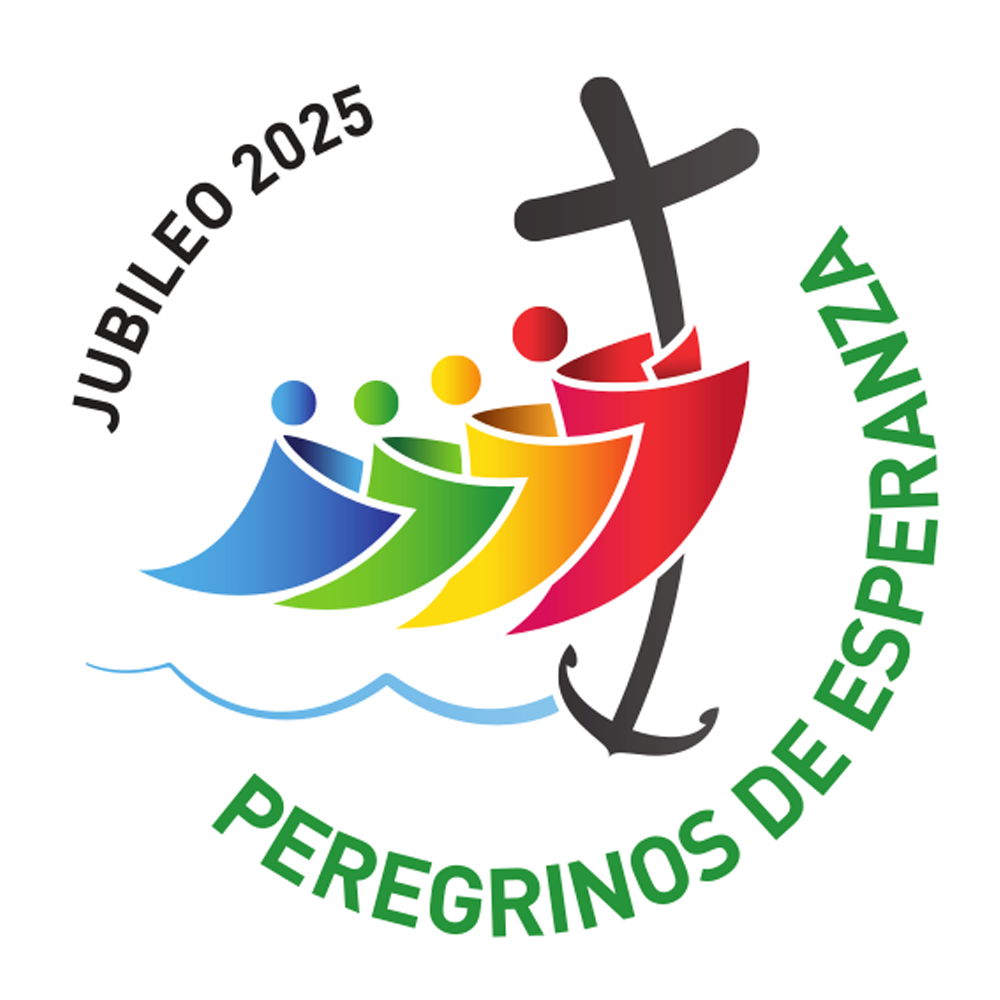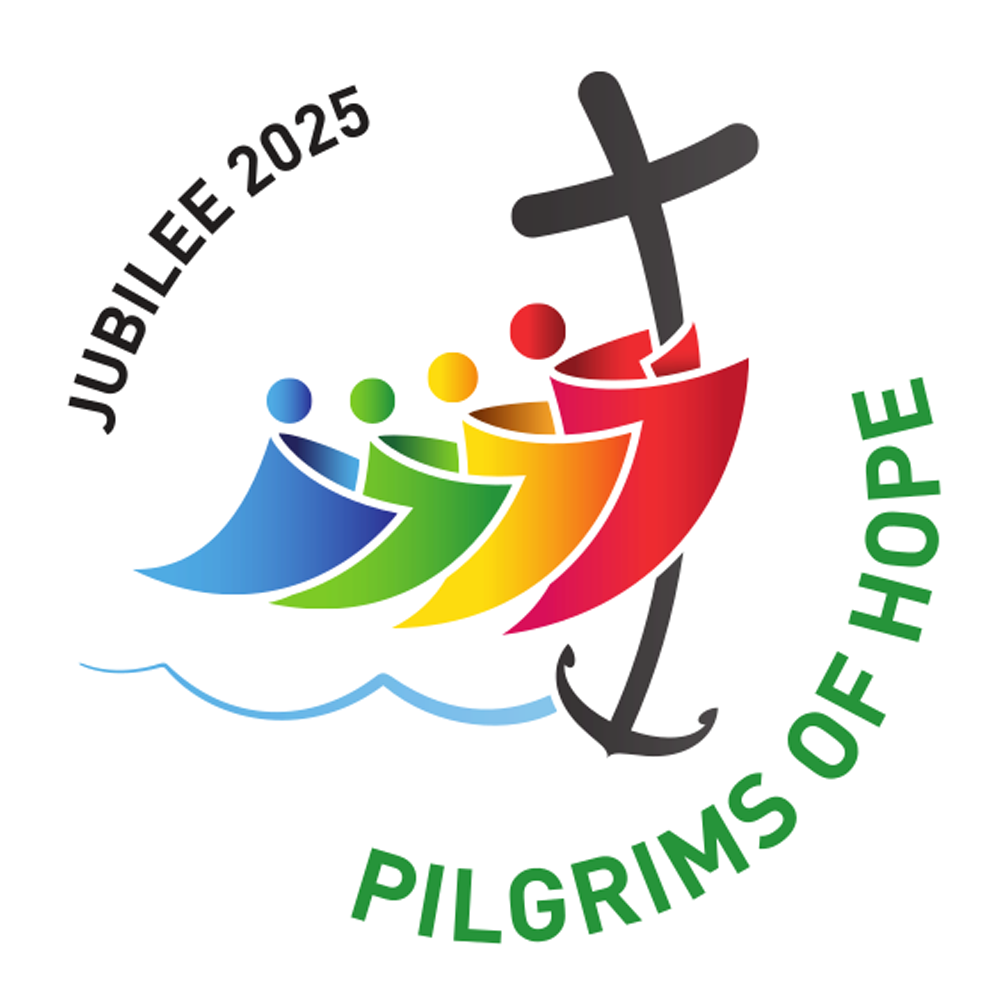Jubilee 2025
Pilgrims of HopeCelebrating Jubilee 2025 in the Diocese of Tyler
The Jubilee Year is a “favorable time” (cf. 2 Corinthians 6:2) for conversion. We are called to put God at the center of our lives, growing toward him and acknowledging his presence. The Jubilee will offer the faithful opportunities to participate in various jubilee events in Rome and right here in the Diocese of Tyler, including pilgrimages, indulgences, times for reconciliation, and special prayers.
Opening the Jubilee
The Jubilee Year will officially begin with the Opening of the Holy Door at St. Peter’s Basilica will be Dec. 24. In our diocese, the Opening Mass will be celebrated on Sunday, Dec. 29 at 10 a.m. at the Cathedral of the Immaculate Concpetion in Tyler. All are invited to this Eucharistic Celebration.
Diocesan Pilgrimages and Pious Visits
The following have been designated as pilgrimage locations for the Diocese of Tyler:
- Cathedral of the Immaculate Conception in Tyler. Those making this pilgrimage may also wish to visit Bishop Herzig’s grave in Rose Hill Cemetery in Tyler.
- Shrine of Our Lady of Mount Carmel (St. Peter Claver Church) in Tyler.
- Sacred Heart Church in Nacogdoches. Those making this pilgrimage may also wish to visit the religious murals in downtown Nacogdoches, the Ojos de Margil Spring (the site of the miraculous springs), and the statue of Venerable Antonio Margil.
- St. William of Vercelli Church in Carthage. Those making this pilgrimage may venerate the relic of St. Marie-Leonine Paradis.
The following have also been designated as special places of pious prayer during the Jubilee Year:
- St. Francis of the Tejas Church in Crockett. Near Mission Tejas State Park, the location of the first Catholic mission in this part of Texas.
- Sacred Heart Church in Palestine. An historically significant church in the diocese also known for its classical beauty.
- Immaculate Conception Church in Jefferson. An historically significant church in the diocese also known for its classical beauty.


Diocesan Jubilee Events
March 28, 2025 – 24 hours for the Lord. Reconciliation available in every parish
March 29, 2025 – Diocesan Women’s Retreat (Sold Out)
Pentecost 2025-Fall 2025 – Families encouraged to do pilgrimages and pious visits to designated sites
August 2, 2025 – Faith Formation Conference at Bishop Gorman School
October 4, 2025 – Diocesan Youth Conference
December 28, 2025 – Closing Mass at Cathedral
Jubilee Resources
Additional resources will be be added throughout the year, so be sure to check back periodically!
